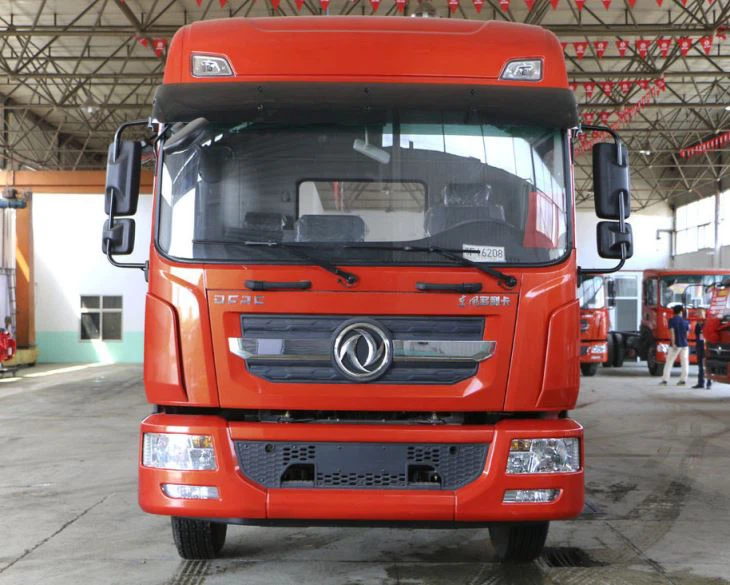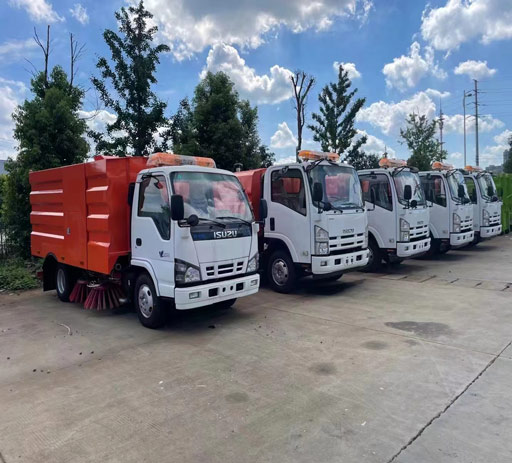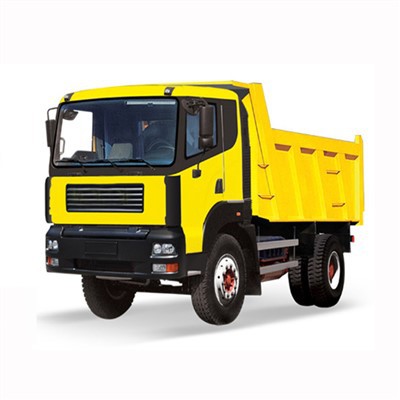Understanding Different Size Truck Cabs: A Comprehensive Guide

Introduction
When it comes to purchasing a truck, one of the most crucial decisions you’ll need to make is selecting the right size of the truck cab. Different size truck cabs can significantly affect your driving experience, comfort, and even utility. Whether you are a frequent hauler, an occasional weekend warrior, or someone simply looking for family transportation, understanding the variations in truck cab sizes is essential. This article delves deep into the various types of truck cabs available in the market, their features, benefits, and which one might be best suited for your needs.
The Basics: Types of Truck Cabs
Truck cabs come in a variety of styles, each designed to cater to different needs and preferences. The primary types of truck cabs include:
1. Regular Cab
A regular cab, often referred to as a single cab, features two doors and a standard bench seat. This design maximizes cargo space in the bed of the truck, making it ideal for those who require a work vehicle without the need for additional passenger space.
Advantages of Regular Cabs
- More bed space for hauling cargo.
- Typically lower cost compared to other cab styles.
- Lightweight, improving fuel efficiency.

Disadvantages of Regular Cabs
- Limited seating capacity (usually 2 to 3 passengers).
- Less versatility for family use.
2. Extended Cab
Extended cabs, sometimes known as super cabs, have additional space behind the front seats. This area can usually accommodate two to three extra passengers, although it may have limited leg room.
Advantages of Extended Cabs
- Extra space for passengers or storage.
- More flexibility for families or work teams.
Disadvantages of Extended Cabs
- Less cargo bed space than regular cabs.
- May have awkward access to rear seating.
3. Crew Cab
Crew cabs are equipped with four full-size doors and a spacious back seat, which provides ample room for passengers. This size is perfect for those who need a truck for both work and family outings.
Advantages of Crew Cabs
- Comfortable seating for up to five or six passengers.
- Versatile for work, family, and recreational use.
Disadvantages of Crew Cabs
- Less cargo bed space compared to regular and extended cabs.
- Higher purchase price due to additional features.
Choosing the Right Cab Size for Your Needs
Deciding on the right cab size involves more than just choosing between regular, extended, and crew cabs. Several factors need consideration:
1. Intended Use
| Use Case | Recommended Cab Size |
|---|---|
| Work-related hauling | Regular Cab |
| Occasional family trips | Extended Cab |
| Daily family transportation | Crew Cab |
2. Passenger Capacity

Consider how many people you typically need to transport. Regular cabs are suitable for solo drivers or maybe one passenger. Extended cabs cater to occasional extra passengers, while crew cabs ensure everyone travels comfortably.
3. Cargo Space Needs
Reflect on your cargo needs. If towing, hauling construction materials, or carrying bicycles is frequent, a regular cab will serve you well due to the extra bed space. For those who carry a blend of gear and passengers, an extended or crew cab might be better.
Practical Examples of Truck Cab Sizes in Action
Let’s explore some examples that highlight how different cab sizes serve various users effectively.
Example 1: Construction Worker with a Regular Cab
A construction worker often requires a vehicle to transport tools and materials. A regular cab truck, with its ample cargo space, allows them to load equipment without worrying about sacrificing passenger space. They can simply drive alone or with one other worker without the distractions of additional passengers.
Example 2: Family of Four Using an Extended Cab
A family of four might opt for an extended cab to cater to occasional trips where the kids can sit in the back comfortably. This choice allows for extra legroom while maintaining adequate cargo room for a family road trip.
Example 3: Weekend Adventurer with a Crew Cab
For weekend adventures that require transporting both friends and gear, a crew cab is ideal. It provides backseat space for up to three passengers while offering enough truck bed space to manage bikes, camping equipment, or whatever fun awaits.
Comparing Truck Cab Sizes: Key Takeaways
To aid in making this critical choice, here’s a comparative overview of various truck cab sizes:
| Cab Size | Passenger Capacity | Cargo Capacity | Best For |
|---|---|---|---|
| Regular Cab | 2-3 | High | Work purposes |
| Extended Cab | 4-5 | Medium | Light family and work use |
| Crew Cab | 5-6 | Lower | Transporting family and friends |
How to Evaluate Truck Cab Size Options
When evaluating truck cab sizes, consider the following steps:
1. Test Driving
Don’t just rely on specifications; go for a test drive. Assess comfort, visibility, and ease of access to the rear seats.
2. Research User Reviews
Look at reviews from other truck owners. Their experiences can help guide your decision based on similar needs.
3. Consult with Truck Experts
Reach out to car salespeople who specialize in trucks. They can provide insights on what works best for your intended use.
Customizing Your Truck Cab Experience
Once you have selected a truck cab size, consider options for customizing it further:
1. Seating Options
Many manufacturers allow customization for seating materials, colors, and layouts. Choosing leather seats can add luxury but might slightly increase costs.
2. Technology Upgrades
Modern amenities like Bluetooth, navigation, and advanced safety features can be added based on personal preference and budget.
3. Storage Solutions
Look into optional storage add-ons such as roof racks or under-seat storage compartments to maximize convenience.
Truck Cab Safety Considerations
Safety should always be a priority when choosing a truck cab size. Keep the following points in mind:
1. Crash Test Ratings
Research and review crash test ratings available on the Institute for Highway Safety website.
2. Safety Features
Look for updated safety technology such as lane-keeping assist, adaptive cruise control, and blind-spot monitoring to minimize accidents.
3. Maintenance
Regular maintenance ensures your truck remains safe to operate. Schedule regular check-ups and address any mechanical issues promptly.
Frequently Asked Questions (FAQ)
1. What is the difference between a crew cab and an extended cab?
A crew cab features four full-size doors and more space for rear passengers, making it comfortable for families. An extended cab has only two doors and typically has less rear seat space, designed mainly for occasional use.
2. Can I convert a regular cab to a crew cab?
While it is theoretically possible, it is often impractical and expensive. It’s best to purchase a vehicle that meets your needs from the start.
3. Which truck cab size is best for towing?
Regular cabs usually have a more substantial cargo capacity for towing, but crew cabs can also tow effectively, especially when it allows for additional passenger space.

4. How can I find the best truck for my needs?
Evaluate your requirements regarding passenger capacity, cargo needs, and intended use, followed by test-driving different models to ascertain the most comfortable choice.
5. Is it worth buying a truck with an extended cab for family use?
Yes, an extended cab is a great option for occasional family transport while providing extra storage for gear, making it versatile without being too large.
6. Are there any accessories that enhance truck cab usability?
Yes, useful accessories include backseat organizers, truck bed extenders, and toolboxes that can optimize both passenger comfort and cargo space.
